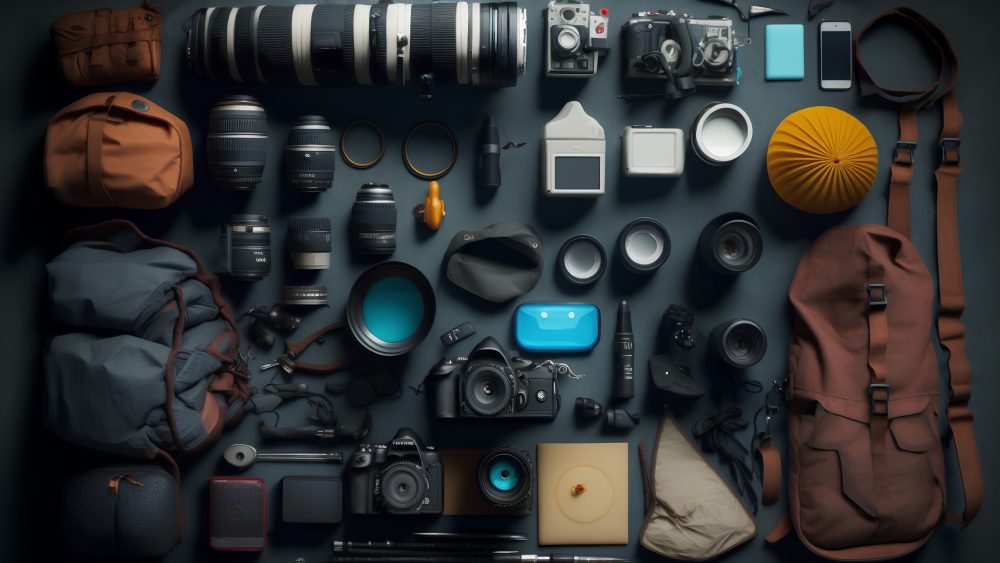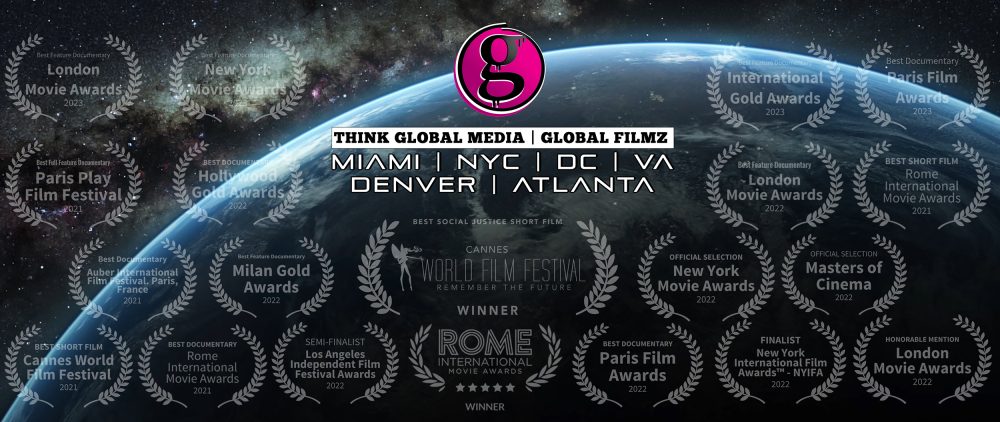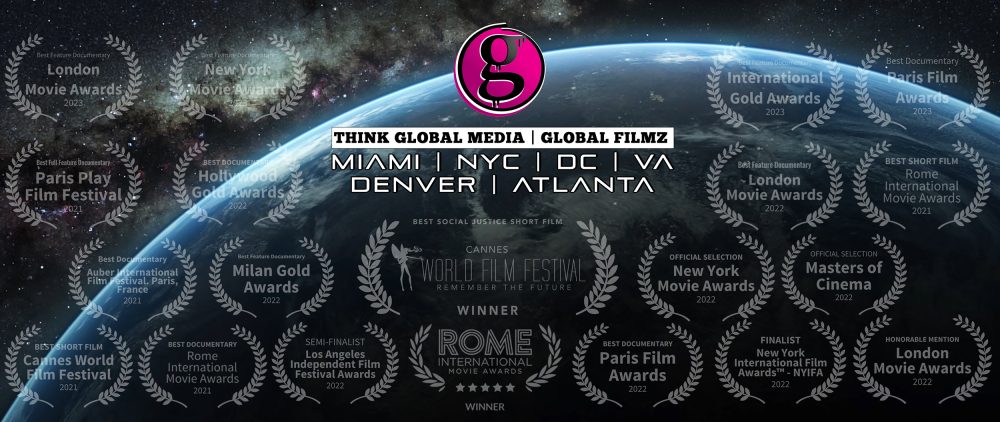
How to Make a Great Documentary: A Step-by-Step Guide
How to Make a Great Documentary
Documentaries have the power to inspire, inform, and change the way people see the world. They allow filmmakers to tell stories that matter, uncover hidden truths, and capture unique perspectives. Whether you’re creating a short film or a full-length documentary, there are several key elements that can elevate your project. Here’s a step-by-step guide on how to make a great documentary.
1. Find a Compelling Story
The foundation of any great documentary is the story. Without a compelling narrative, even the most breathtaking visuals or thorough research can fall flat. Start by choosing a topic that you’re passionate about and that resonates with your audience. This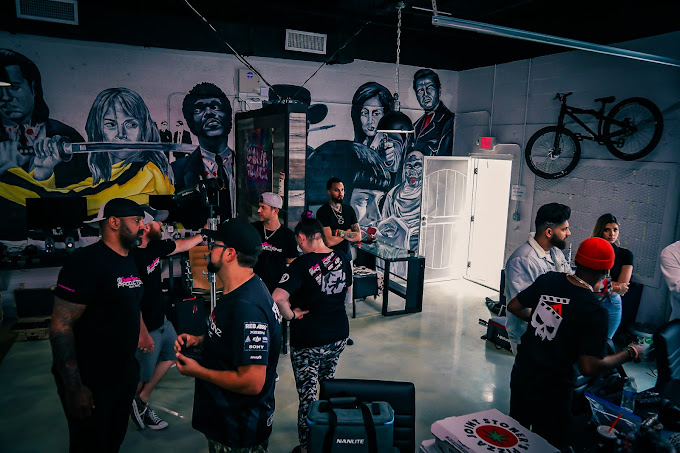 could be a social issue, a historical event, a personal story, or even a niche topic that hasn’t been explored much before.
could be a social issue, a historical event, a personal story, or even a niche topic that hasn’t been explored much before.
When selecting a subject, make sure there’s enough depth for exploration and that you can bring something new or insightful to the conversation. The more you are drawn to your topic, the more others will be too.
2. Research, Research, Research
Once you’ve settled on your topic, the next crucial step is research. Dive deep into the subject matter to understand it from multiple angles. Read books, watch other documentaries, conduct interviews, and explore academic or news articles. You want to have a solid grasp of the facts but also identify gaps in knowledge that your documentary can fill.
Your research will also help you develop a sense of the tone and structure of your film. Will it be observational, expository, or participatory? The more you know, the better you’ll be able to shape your documentary’s direction.
3. Develop a Narrative Structure
Even though documentaries are often based on real events, they still need a narrative structure to keep the audience engaged. Decide what kind of story you want to tell. Is it a linear story, or does it unfold in a non-linear way? Will you focus on a central character or take a broader approach, exploring multiple perspectives?
Think about the classic structure of storytelling: Introduction, Conflict, and Resolution. For example, you might begin with an introduction to the topic, dive into challenges or struggles related to the subject, and then offer a resolution or reflection by the end. However, documentaries often involve open-ended conclusions, so don’t be afraid to leave your audience with questions or room for contemplation.
4. Plan Your Interviews and Gather Footage
Interviews are a core component of most documentaries. Carefully select individuals who can provide insight, personal stories, or expert knowledge about the subject. Prepare questions in advance but be ready to adapt to the conversation as it unfolds. Authentic, candid moments often make for the most powerful footage.
Along with interviews, gather supplementary footage to enhance your story. This could be B-roll, historical footage, location shots, or even animations to help explain complex concepts. When filming, think about how each shot serves the story. Composition, lighting, and framing should always complement the narrative.
5. Craft a Strong Visual and Audio Style
A great documentary isn’t just about the story — it’s about how you tell that story visually and sonically. Consider the visual style that best suits your topic. For instance, a gritty, raw topic might call for handheld cameras and low lighting, while a more polished subject might demand higher production value with steady shots and professional lighting.
Similarly, sound plays a critical role. Use music, sound design, and natural sound to create atmosphere and emotional impact. Background music should be chosen carefully; it should enhance the mood but not overpower the content. Use sound to underline key moments, whether it’s a dramatic pause, an emotional turn, or a pivotal discovery.
6. Be Authentic and Honest
Documentaries are often powerful because they present real stories and situations. Maintaining authenticity is vital — don’t manipulate or stage situations to make them more dramatic. Respect the people you interview and be mindful of how you represent their stories. If you’re covering sensitive topics, always be ethical in how you handle your subjects and their experiences.
It’s also important to be transparent about your role as a filmmaker. Some documentaries include the filmmaker’s point of view or participation, which can add a layer of authenticity, but the audience should be aware of the filmmaker’s perspective.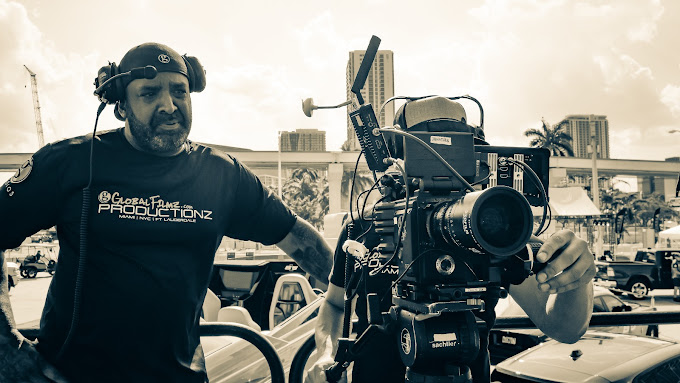
7. Edit for Impact
Editing is where the magic happens. This is where your story will come together, so take time to review all your footage and consider how each shot advances the narrative. Trim away anything that doesn’t serve the story and look for opportunities to tighten the pacing or add tension where necessary.
Consider the rhythm of your documentary — the way scenes flow from one to the next, how interviews build upon one another, and how visuals and sounds intertwine. Editing should feel seamless, drawing the audience in without disrupting the flow of the narrative.
8. Test Screenings and Feedback
Once you’ve completed a rough cut of your documentary, it’s time to get feedback. Test screenings with people who haven’t been involved in the production can help identify areas that need improvement. Pay attention to their reactions — do they understand the message? Are they engaged? Is there any confusion?
Sometimes, small tweaks can make a big difference in how your audience connects with the story.
9. Promote and Share
When your documentary is finished, it’s time to share it with the world. Submit it to film festivals, distribute it on streaming platforms, or host community screenings. Social media and online platforms are powerful tools for getting your documentary in front of viewers who are interested in your subject matter.
Remember, the work isn’t over when the film is completed. Building an audience and starting a conversation around your film is crucial for its success.
Conclusion
Making a great documentary takes passion, time, and dedication. It’s a journey that involves researching, storytelling, filming, editing, and sharing your message with the world. Stay true to your vision, be respectful of the people you’re documenting, and keep refining your skills to create an impactful film.
By following these steps, you’ll be well on your way to crafting a documentary that engages, educates, and leaves a lasting impression on your audience.





